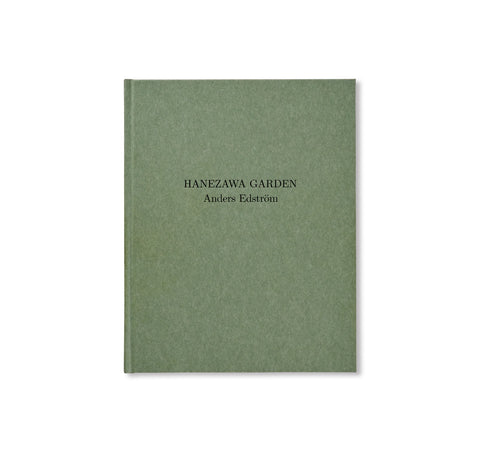LOOPS by Anders Edström
スウェーデン人フォトグラファーで映像作家のアンダース・エドストローム(Anders Edström)の作品集。
本作は本の表紙から裏表紙までを使って時系列に沿った物語を展開。散歩やドライブ、旅の途中で撮影をし、常に周りを見ては何かに目を留め、光の加減と情景が結びつくところで足を止める。華々しい光景や奇抜なものでなく、むしろ不思議な力で導かれたかのように目の前の光景と光が一つになる瞬間を探し求める。このため彼のイメージは平凡に見えるかもしれないが、その一つ一つに光、時間、そしてエナジーの結びつきが示されている。本書では、こうしたイメージの間に光を反射する顔料の水たまりが顔を出す。光の反射を作品に活かそうと自宅で作った水たまりは、美術史家のエルンスト・ゴンブリッチ(E.H. Gombrich)が15世紀の南北アルプスの絵画について書いたエッセイの言葉を借りるならば、それぞれが『光、形そしてテクスチャー』の研究となっている。またこれらは、この年代記の中でクリエイティブな角度からの考察という役割を果たしている。ロシア人作家のウラジーミル・ナボコフ(Vladimir Nabokov)がかの有名な『ロリータ』の前に書いたディストピア小説『ベンド・シニスター』もまた水たまりを1つのテーマとしている。この小説の主人公、妻を亡くしたばかりのアダム・クリュッグ(Adam Krug)は、窓の外を眺めている時に初めて水たまりに注意を引かれる。紋章学において「ベンド」とは、盾の帯状の部分のことで、右上から左下にわたるものには『ベンド・デクスター』が通常使われる。これに対し左上から右下へわたるものを『ベンド・シニスター』と呼ぶ。水たまりに映る像はベンド・シニスターのように左右が逆で、かつ歪んでいる。エドストロームの描く水たまりは、インクの染みや模様または足跡のように見える。ナボコフは一般人には羨ましくさえ思える共感覚という不思議で特殊な感覚を持っていた。音に色を感じたり光を味わったりできる感覚で書かれた言葉には、それぞれ異なる意味が隠されている。音やイメージと同じように言葉で遊び、ディテールを『愛撫した』と言う。そうして彼は自分以外には誰も気づかないものを探し、その特別な直感で捉えた感覚を表面からは分からないように物語に沁み込ませていった。エドストロームが最初に頭角を現したのはファッション界だったが、彼を見出したのは、ブーツやジーンズ、バックパックといったなんでもないものをシンプルに白いペンキで塗りつくし、ファッション界の既成概念に反旗を翻してきたマルタン・マルジェラ(Martin Margiela)だった。エドストロームもまたマルジェラのように並外れたもの、あっと言わせるようなもの、決まった型にはまったものを避け、ありのままの自然主義に傾倒しつつ、自らの共感覚を活かした写真を通じてオルタナティブな世界の見方を表現してきた。本書は彼の研究を収めたタイムカプセルの役割を担っている。- ジェフ・ライアン(Jeff Rian)
'Loops is Anders Edström's narrative chronology, from front to back covers. Shot during walks driving, during his travels, always looking, noticing, then stopping when the light and circumstance synthesize for him. He doesn't look for the spectacular or unusual, but rather for the preternatural union of light and circumstance. For this reason, they may seem mundane, but each is a statement about this union of light, time, and energy. Interspersed are reflective paint puddles, which he poured at home, getting the light to work for him. Each is a study in “light, form, and texture” — to use E.H. Gombrich's words from his essay on 15th century paintings north and south of the Alps. In Loops, they are the creative investigations during this chronology. In Vladimir Nabokov’s Bend Sinister, the novel before writing Lolita, one of his tropes was a puddle, which his main character, Adam Krug, first notices gazing out a window, a recent widower. Puddles distort reflections in reverse, like a “bend sinister,” a heraldic shield with the band going from top left to bottom right instead of the reverse, a bend dexter. The puddle motif reappears as an inkblot, a footprint, an ink stain. Nabokov was a lucky sufferer of synesthesia, the crossing of one sensory modality into another, with words revealing different meanings. He played with language as sound and image, “caressing” details, as he called it, looking for the unnoticed, infusing his stories with undercurrents of his special intuition. Anders Edström was first discovered by the fashion industry, and first by Martin Margiela, who changed the look of fashion by being unspectacular, for example, simply covering boots, jeans, and backpacks in white gesso. Like Margiela, Anders Edström has always avoided the transcendent, spectacular, or highly stylized in preference for unaffected naturalism, but also for an alternative enlightenment in his synesthetic photography. Loops is a time capsule of his research.' - Jeff Rian
Antenne Publishing presents its second publication in the ESTATE OF series, a publication that offers artists a space to realise projects in a specified format.
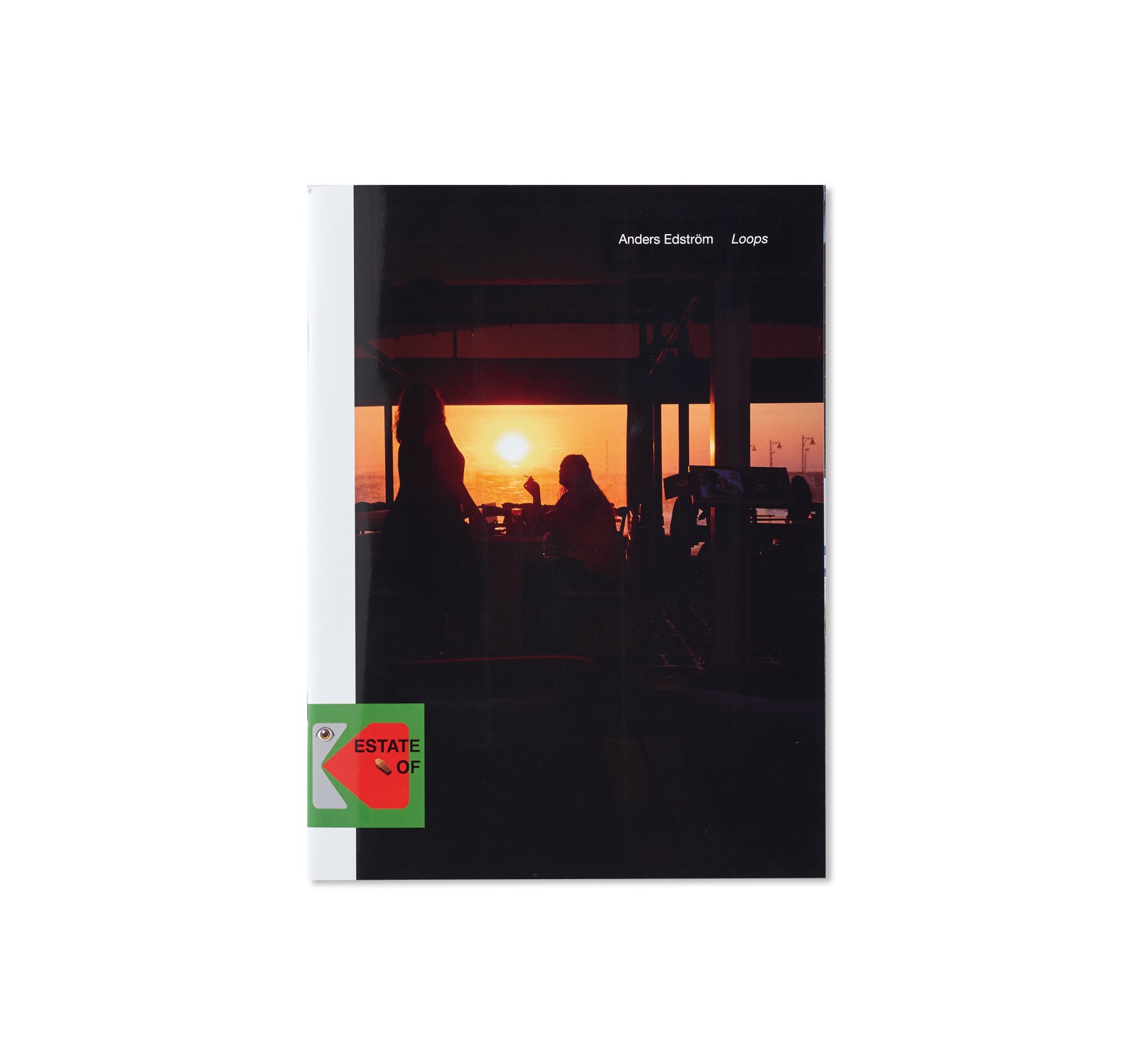
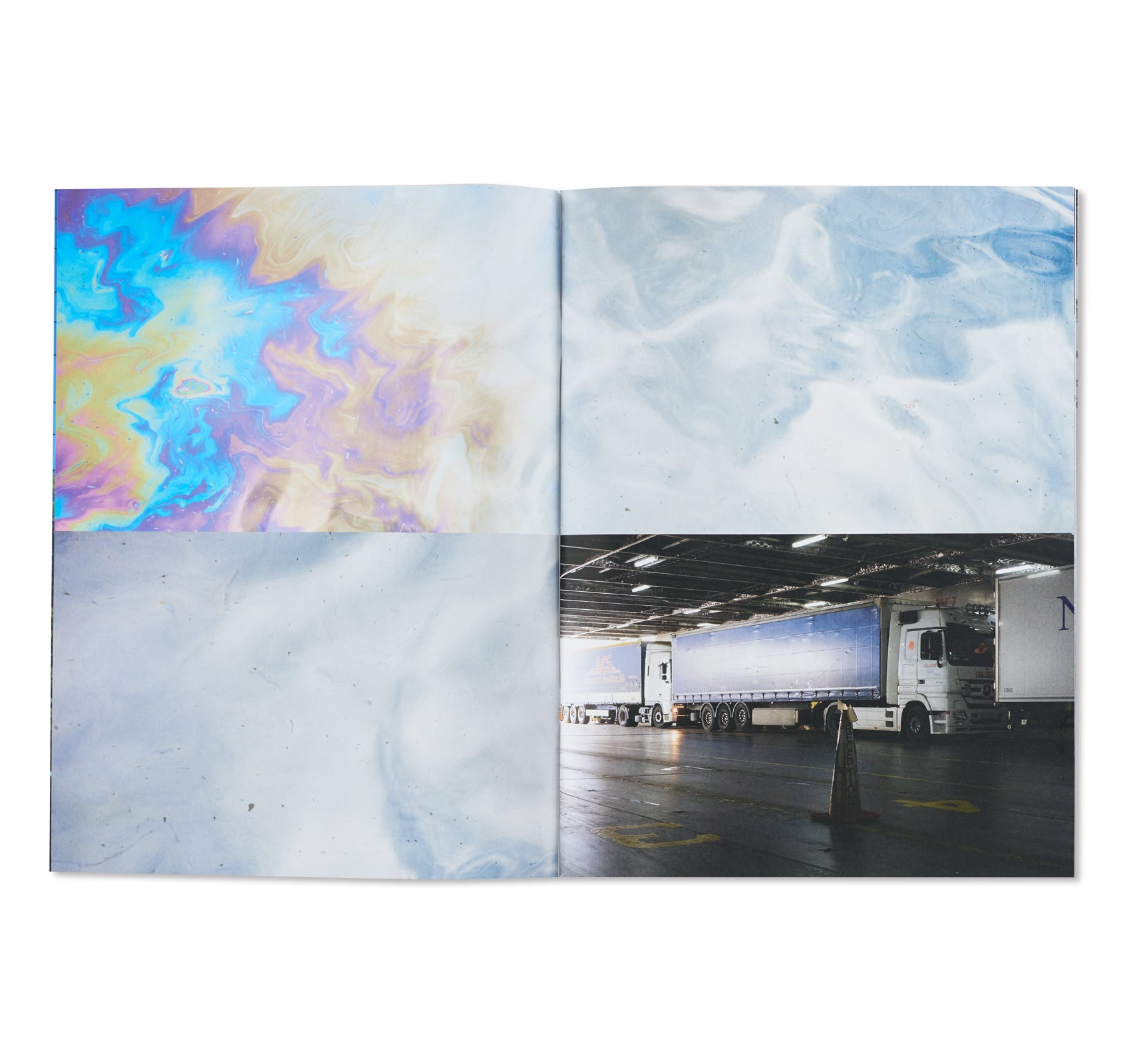
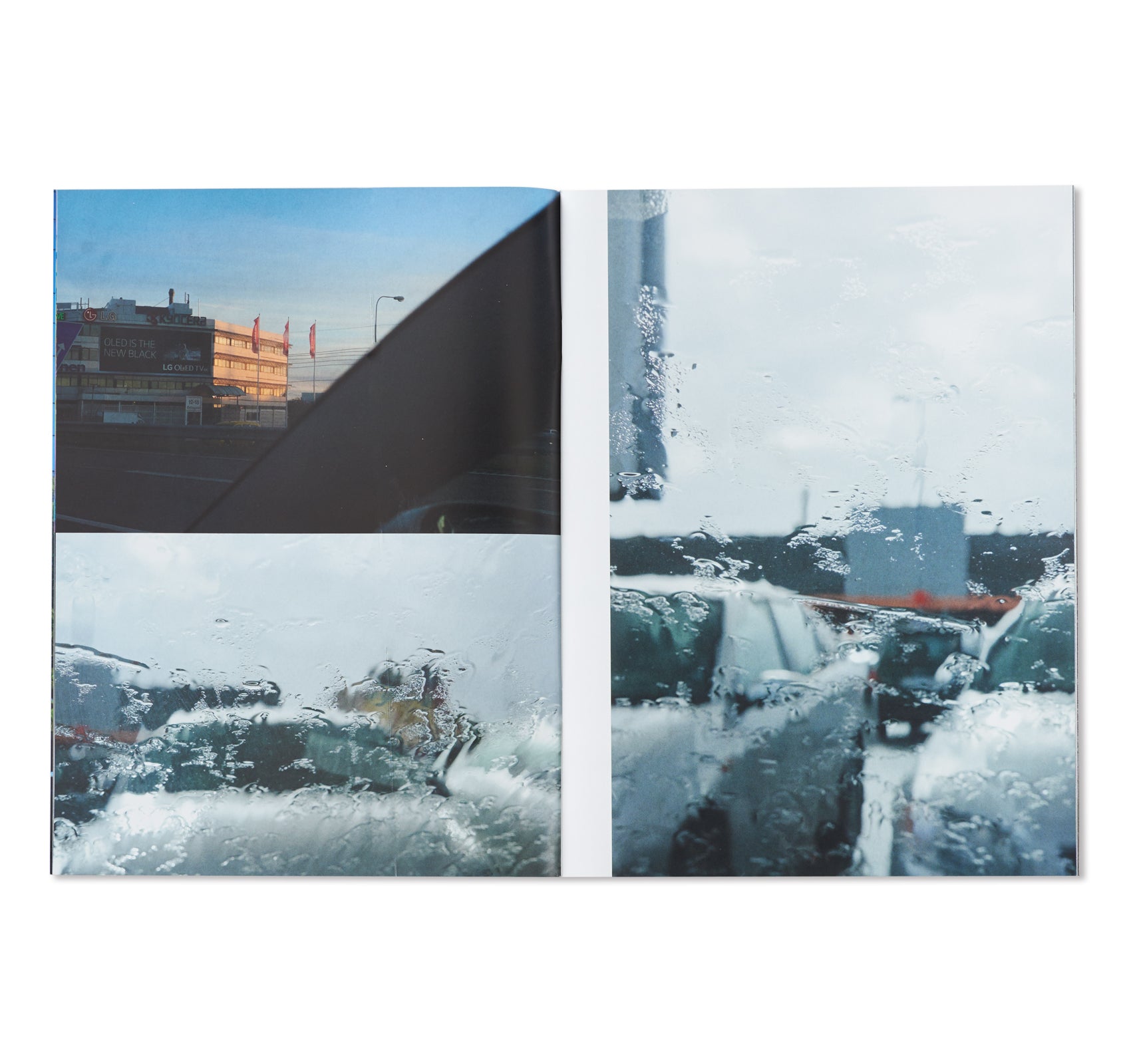
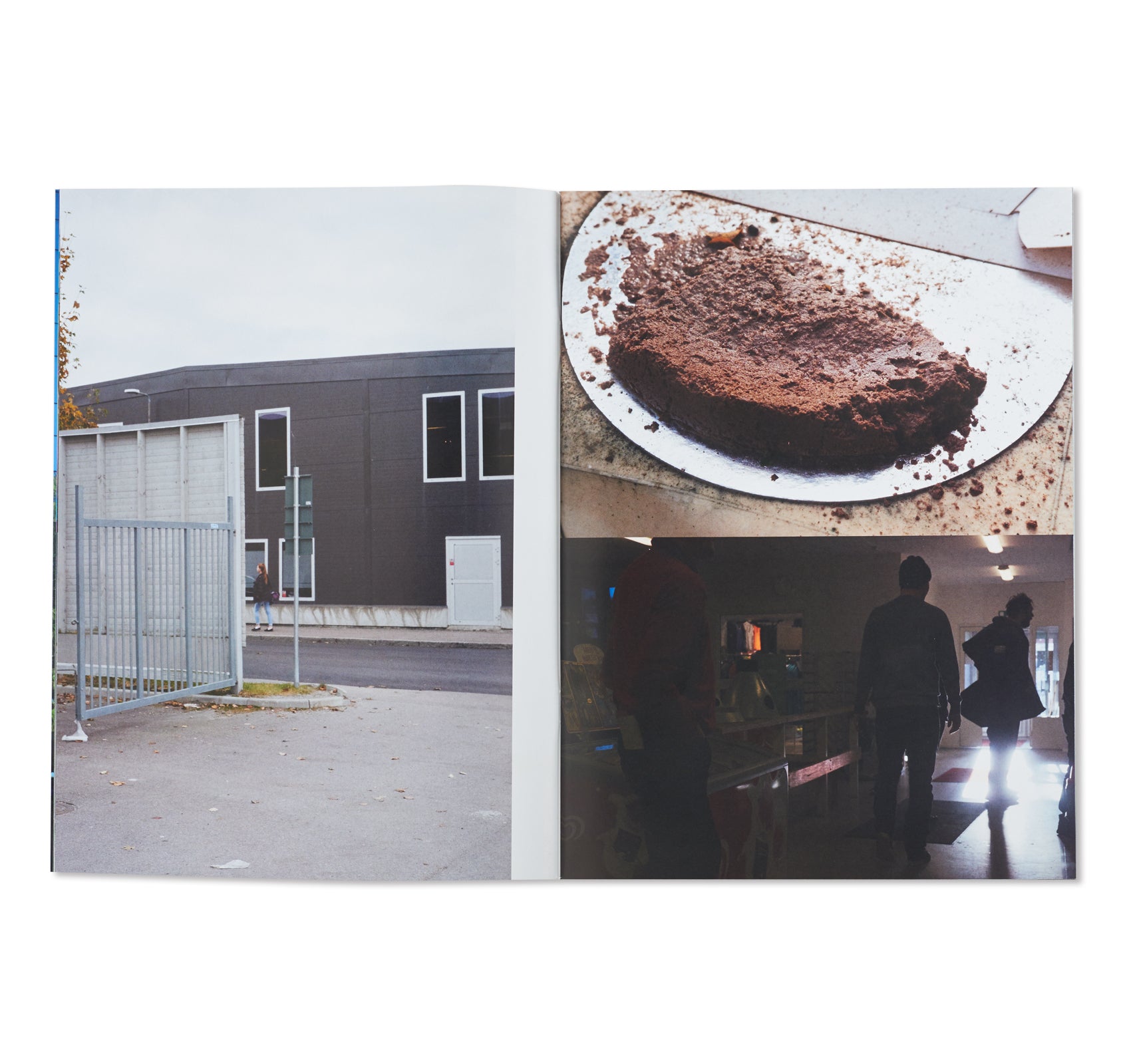
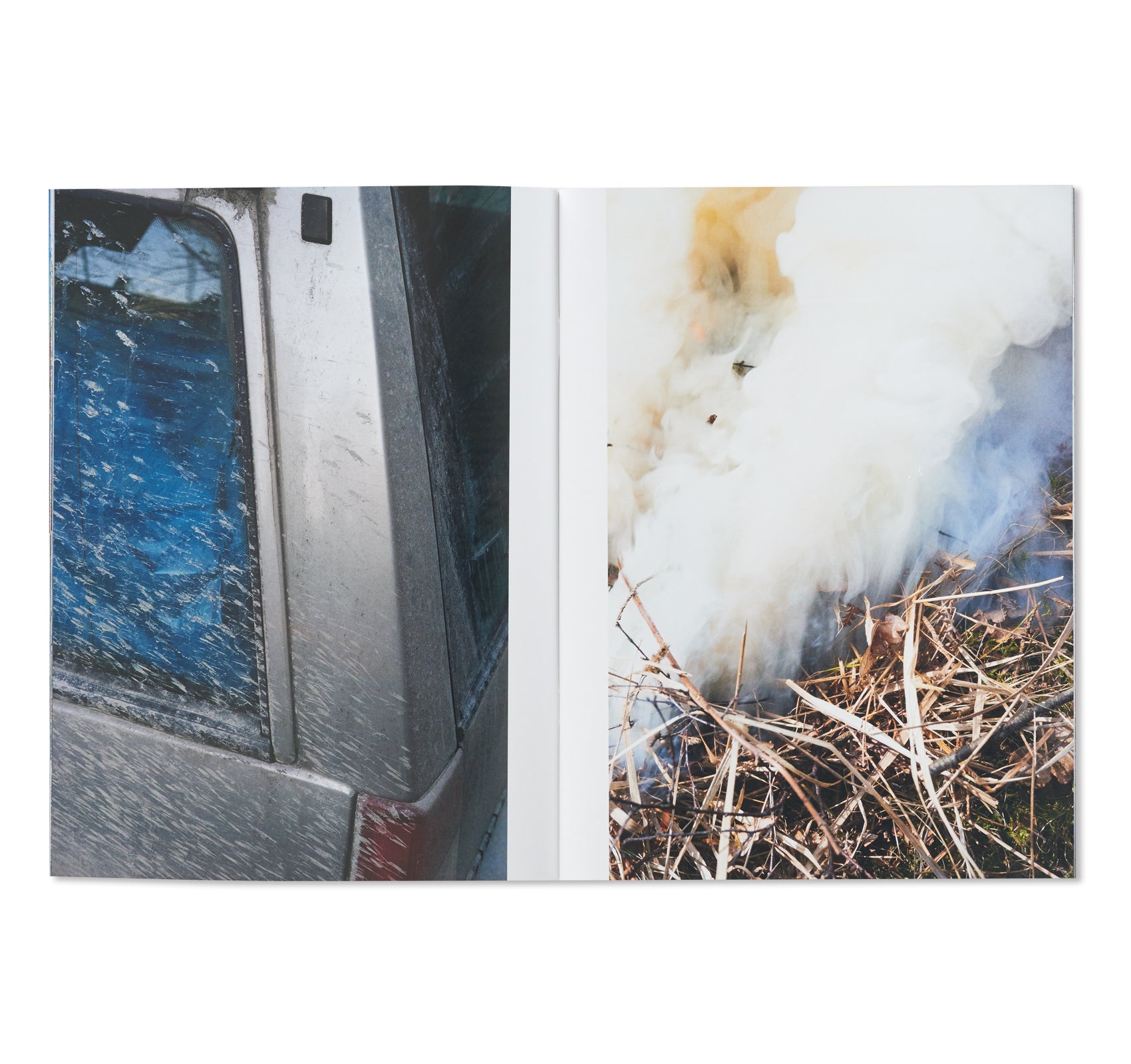
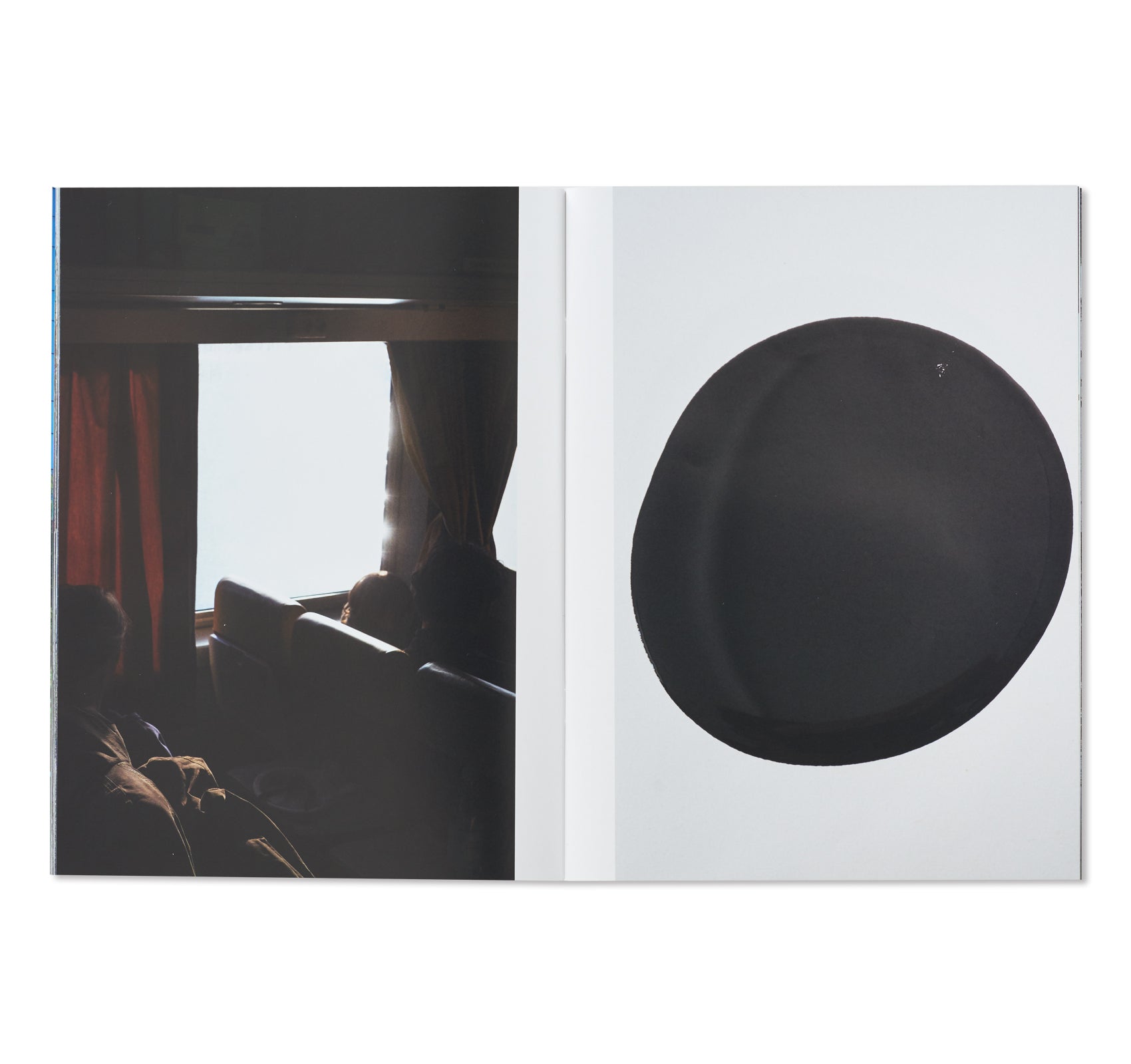
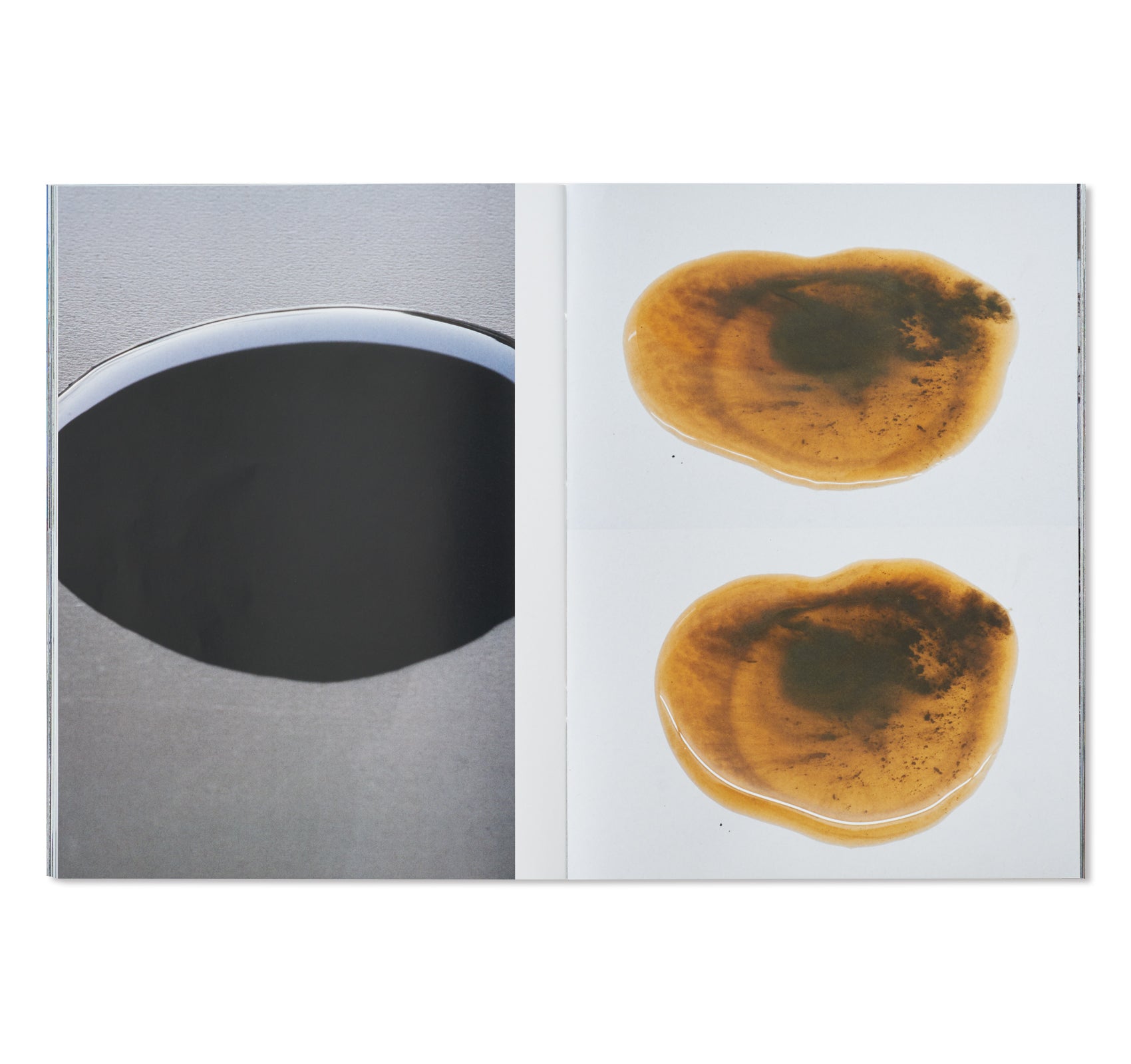
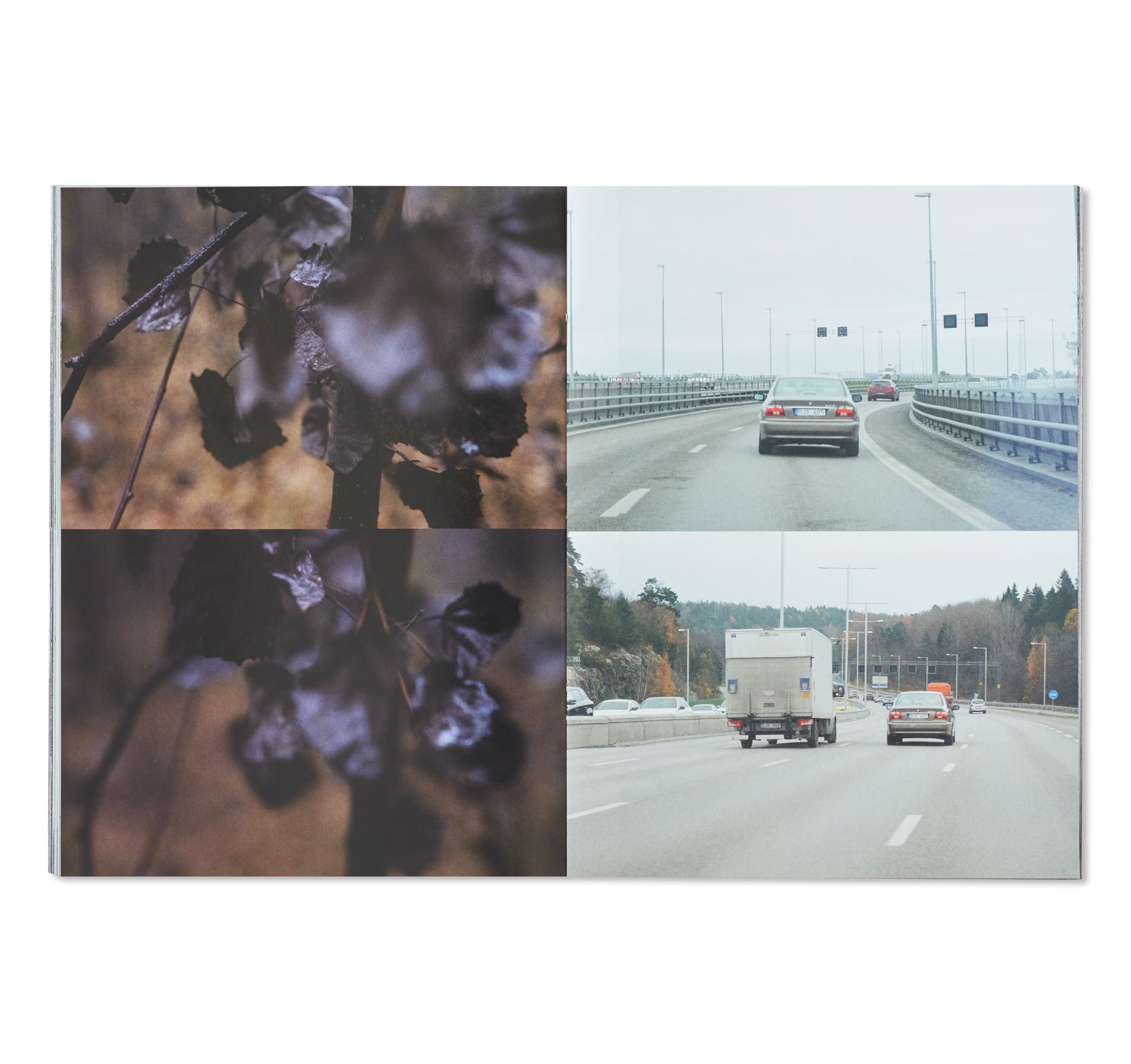
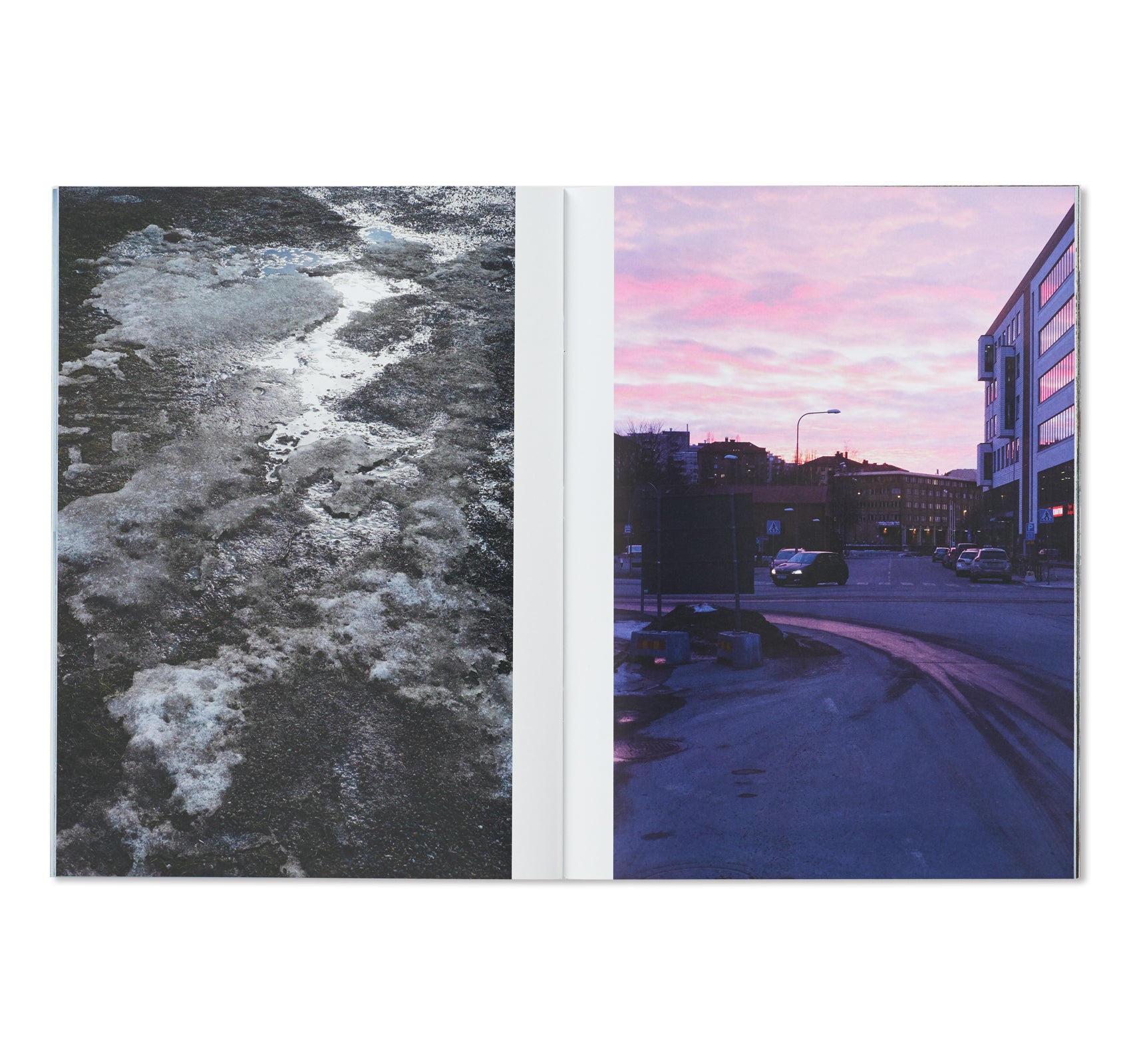
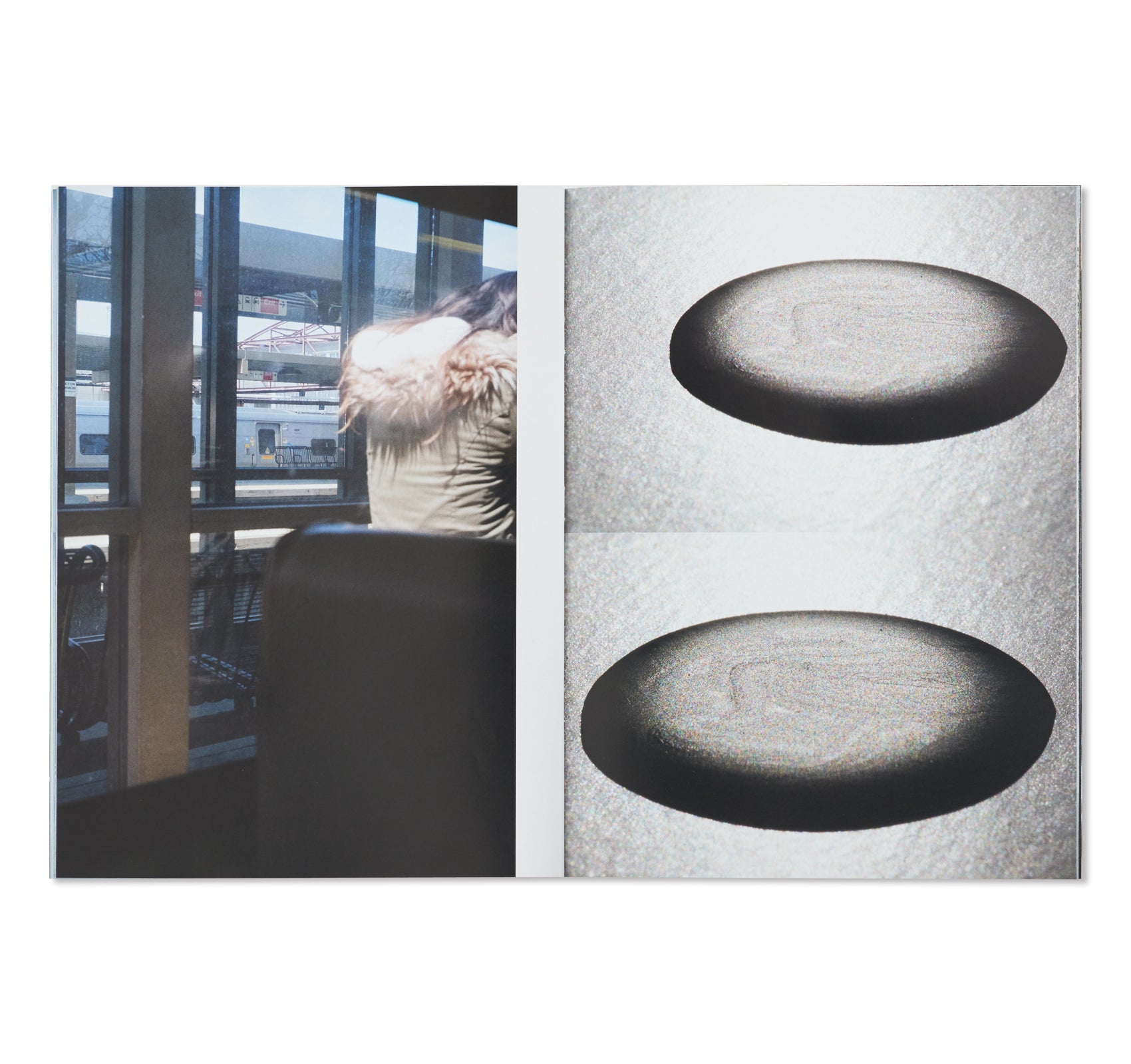
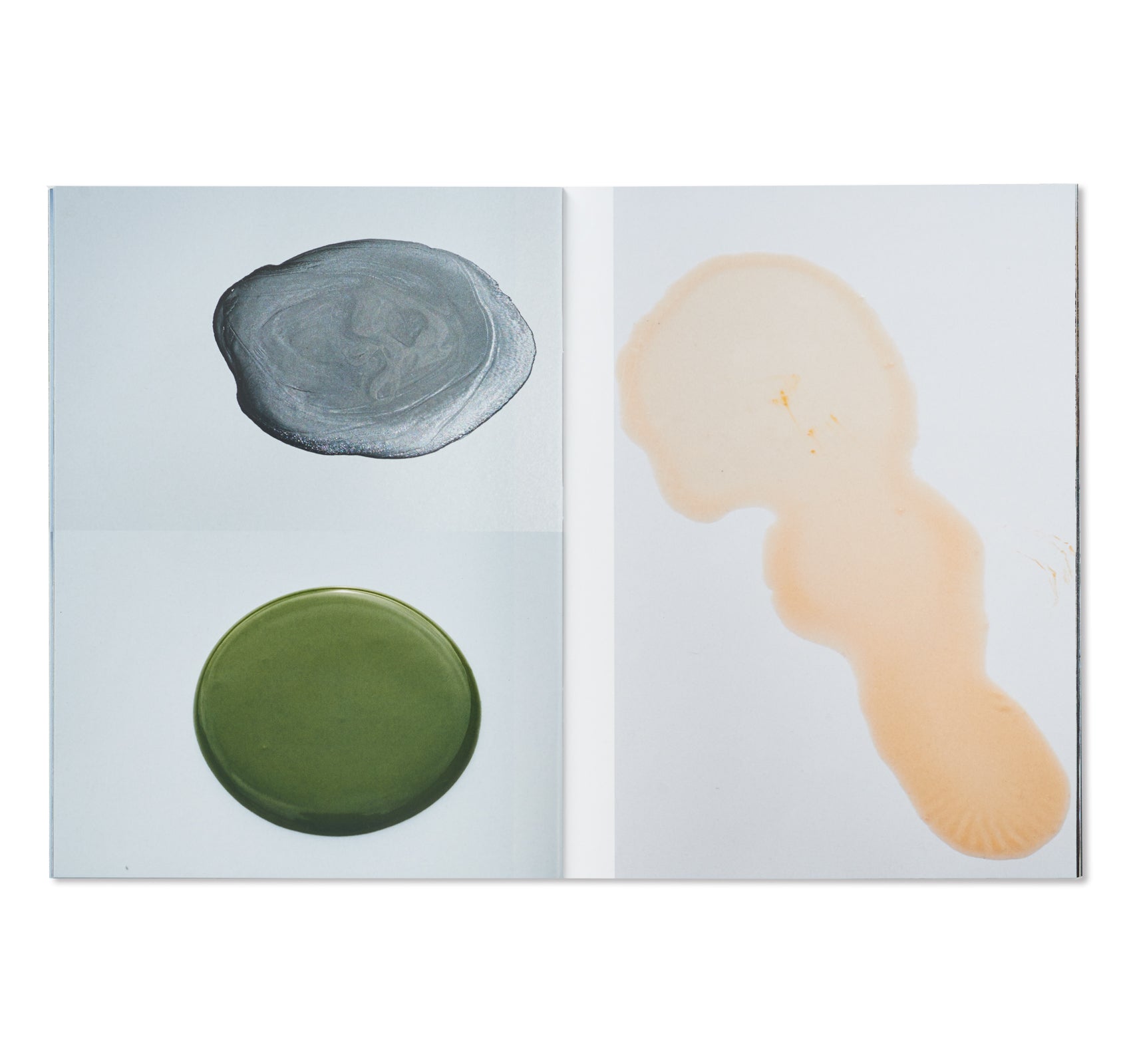
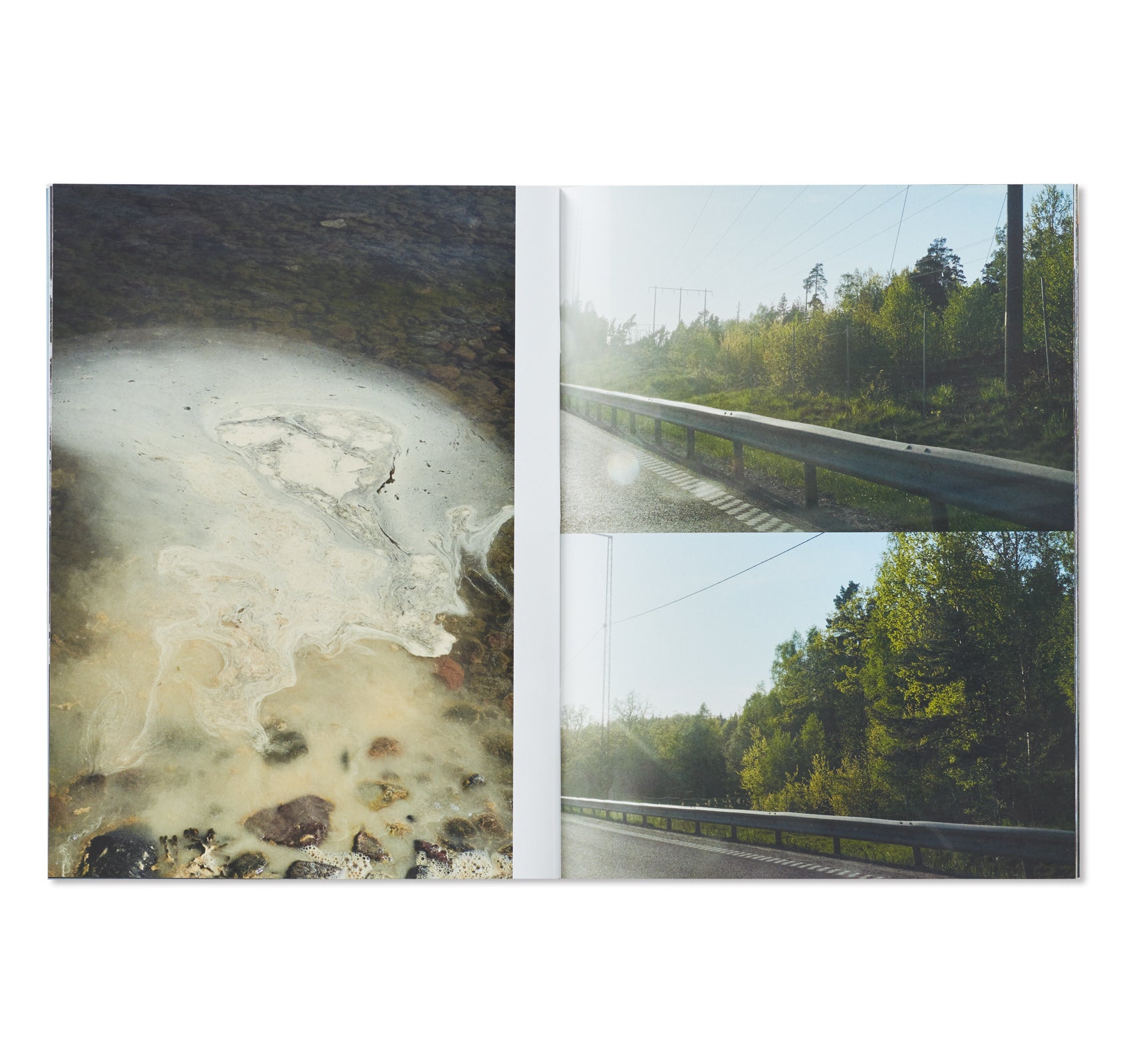
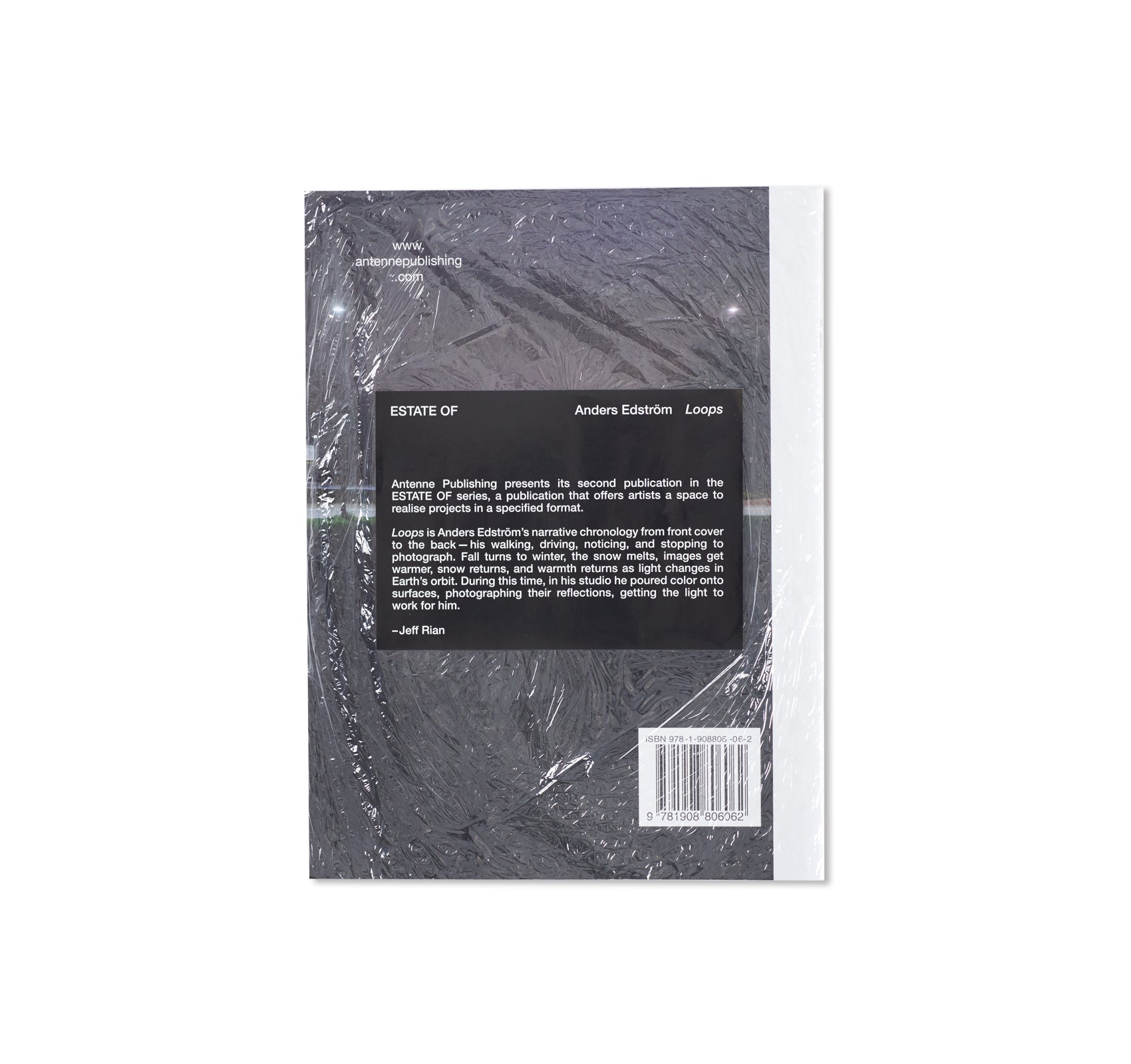
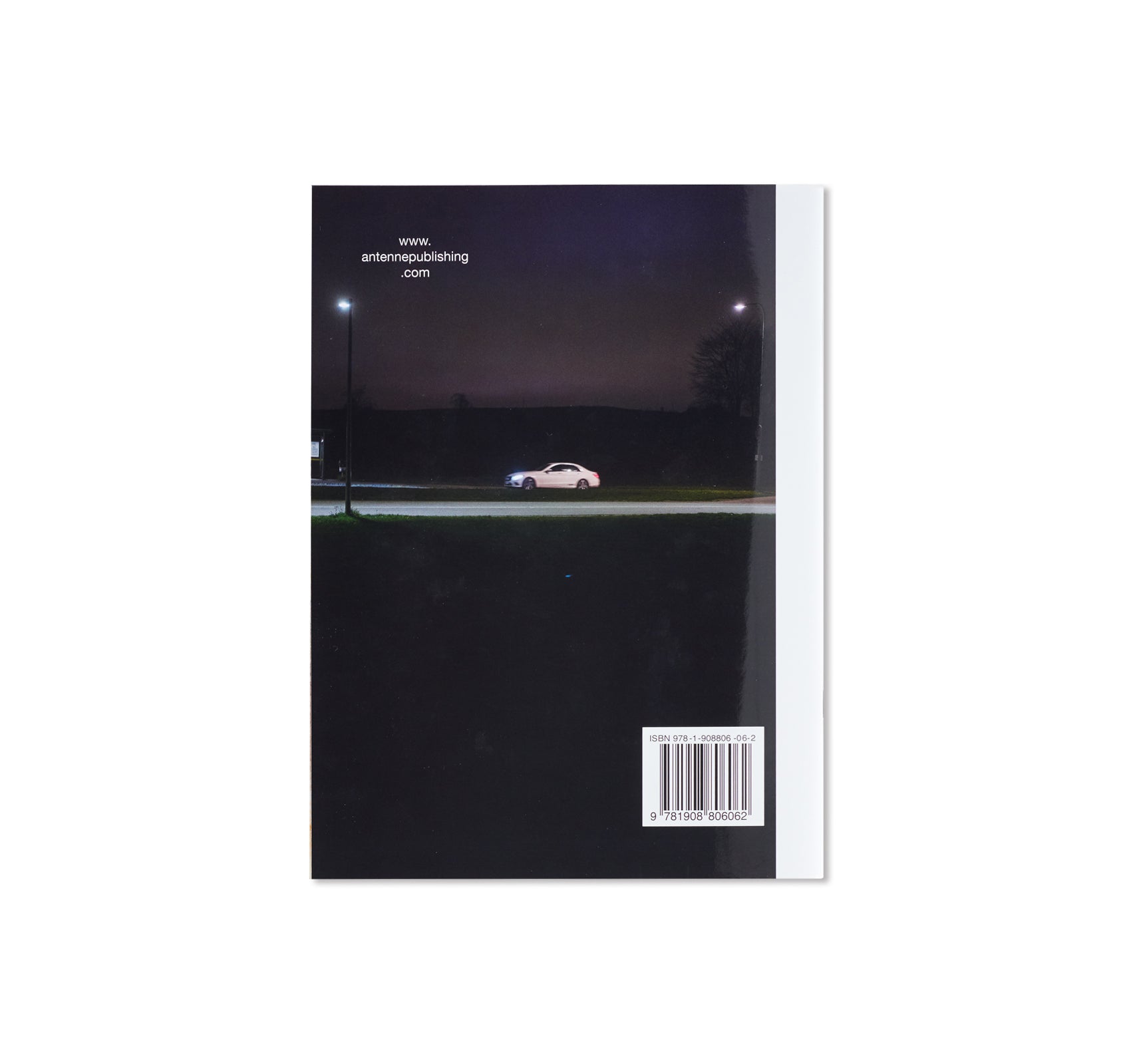
![ENKÖPING by Anders Edström [SIGNED]](http://twelve-books.com/cdn/shop/files/1681_large.jpg?v=1728367855)
![SHIOTANI by Anders Edström [SIGNED]](http://twelve-books.com/cdn/shop/products/202202151391_large.jpg?v=1645757897)
